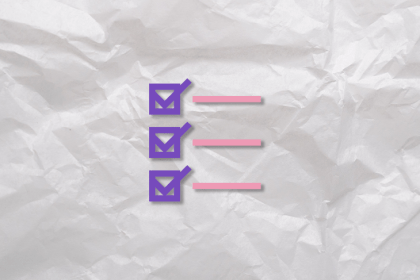
Learn what a product architecture is, how to define it, and ways to structure and organize your product to optimize the user experience.

In this article we discuss convergent thinking in product management and how to incorporate it into the product development process

Liberating Structures, such as 1-2-4-All, are microstructures designed to help everyone produce better results within a short amount of time.

A mockup is a visual representation of an idea. In software development, mockups are often used to communicate the product vision across teams.

Critical success factors (CSFs) are specific elements or activities that are deemed essential for an organization to achieve its mission or goal.

Some companies practice product development by beginning with a solution, engineering it, then asking their marketing team to find customers. Amazon does the opposite.

Learn how to build and test a prototype and discover how prototyping helps you save time and resources on unnecessary ideas.

Design concepts are the first step in creating a great product. They enable product teams to discover and fix problems long before the development phase.

Testing assumptions is one of your most important responsibilities as a PM. It’s also one of the most ambiguous. Using an assumption map can help make validating your assumptions more tangible.

Walk through the seven stages of the new product development process and discover how to take new products from idea to market.

In this guide, we’ll highlight the difference between strategy and tactics and explore how each impacts the other.

The purpose of a design concept is to help designers and developers visualize what the product should look like and, in doing so, drive additional value for customers.